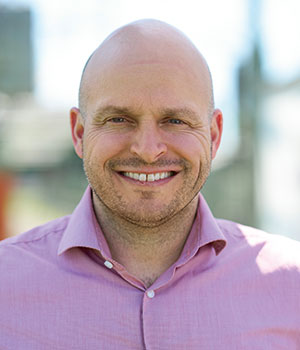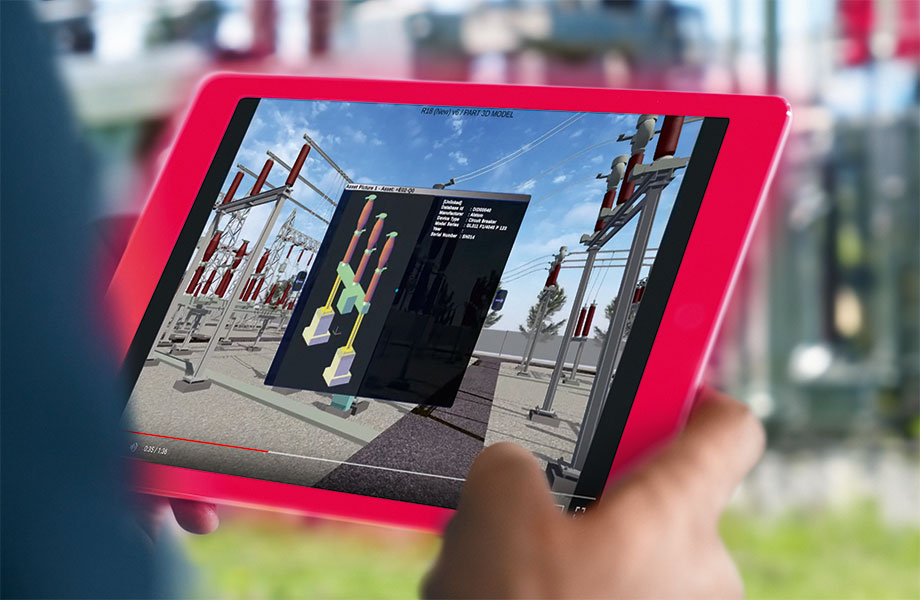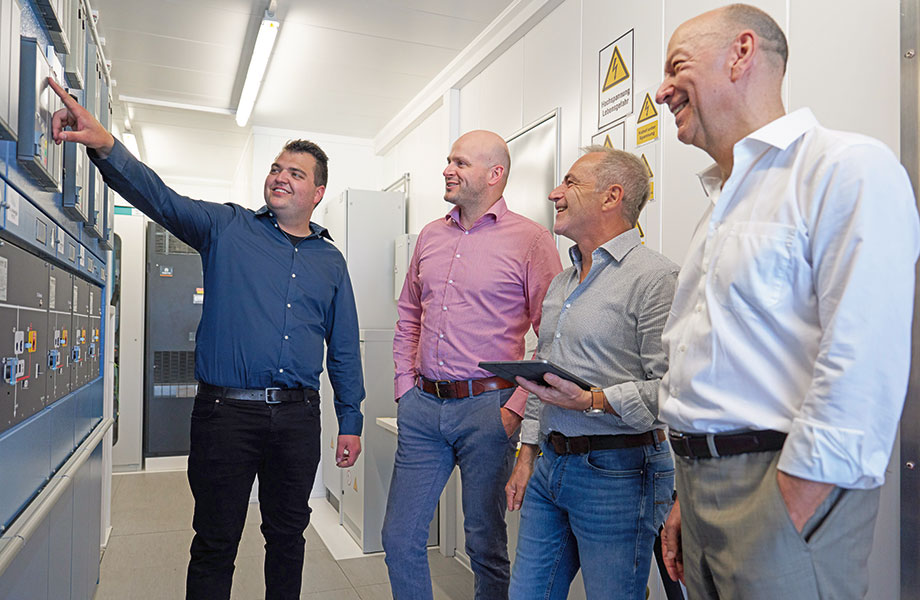Text Gerald Scheffels, Hans Robert Koch ––– Photography
This collaboration by the three parties – entegra, Eplan and the distribution grid operator – was made possible, or at least made easier, by a decision taken two years ago. That was when naturenergie netze started using the Eplan Electric P8 and Eplan Pro Panel software solutions to plan its secondary technology, i.e. its control technology. Simon Rümmele, who is a grid development project leader, was responsible for this and is still in charge today. “With Eplan, we can drive forward the standardisation and more efficient engineering of the secondary technology – as well as end-to-end planning that we can also use during the operation phase for preventive maintenance and overhauls,” he says.”
LESSONS FROM MECHANICAL ENGINEERING
The project is demonstrating that users in the electricity industry are benefiting from experience and solutions from mechanical engineering. In that sector – one in which Eplan has been active for decades – standardisation and “industrialisation” of panel building and switchgear manufacturing equipment is firmly established. As regards this step for transformer substations, there’s still a lot of catching up to do – but it has to happen. “Up until now, transformer substations have been planned on a case-by-case basis and built as one-offs. However, this makes it very difficult to judge the need for modernisation and new-builds that is arising as a result of the energy transition. The sector needs to standardise much more than it has in the past. We are providing support and are delighted to have found an innovative partner in naturenergie netze. With the joint digital twin for primary and secondary technology, we are speeding up the process considerably and making it more reliable, too,” Kammesheidt explains.
STRONG PARTNERS FOR THE CONVERSION
As Rümmele explains, this is precisely what naturenergie netze is setting out to achieve. “We want and need to digitalise more, because we believe this will open up opportunities and make things easier in the future. That’s why we’re trying out the latest technologies and planning further pilot projects at our transformer substation in Rheinfelden. What’s more, with Rittal, the sister company of Eplan, we also have a strong partner on board for converting the ‘hardware’, in other words, all the enclosure technology,” he says.
naturenergie netze has also been planning standardisation for some time now – and the joint digital twin created by entegra and Eplan will provide the basis for this, too. Rainer Beck: “We can envisage using two standard concepts and buildings in the 110 kV range and creating variants on the basis of these. We’re also working on this with the main primary suppliers. This will also cut down the amount of time and planning required. And this is vital, because we’re going to be forced to adapt the majority of our transformer substations to comply with the new requirements. The digital twin and the preliminary work being carried out by entegra and Eplan will help us with this. Through partnership and collaboration, we are coming up with a genuine innovation that will help us develop our grids and make them fit for the future efficiently.”
However, it is not only naturenergie netze who will benefit from the project. Kammesheidt: “In contrast to the mechanical engineering sector, grid operators openly share information, because they’re not competing with each other. There’s already a lot of interest. I’m convinced that many grid operators will be able to take what we’re doing here and in the VDE task force and use it to plan and implement their own conversion and new-build projects faster.”


